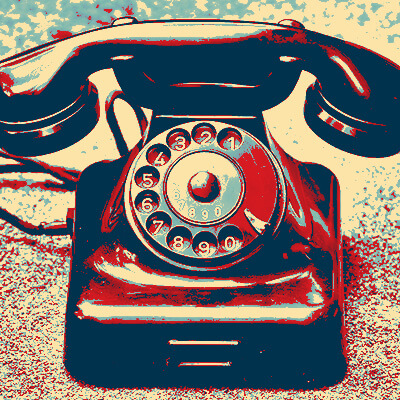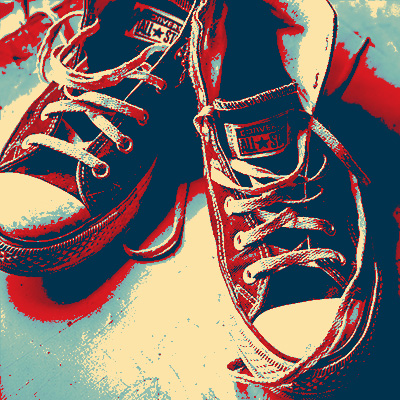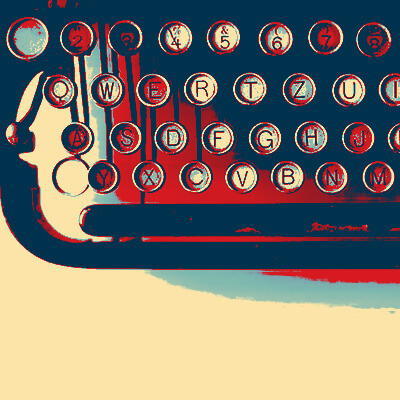Dear GroovyTek team, I thank you from the bottom of my heart for this very supportive and beneficial service you provide! I am so grateful!
Need Help? Call Us.
877.201.3586
Emergency Preparedness Technology for 2020

A natural disaster occurs—a volcano erupts, a hurricane hits, or a blizzard buries you in several feet of snow. Or, a pandemic emerges and the supply chain is thrown into chaos. Or, your health fails and you’re unable to leave your home. All of these things could rightfully be classified as emergencies, and it’s best to be prepared.
Emergency and Disaster Response Plans
When responding to an emergency in your own life, having a plan is crucial. What do you want to achieve? How do you want to come out of this? Of course, ensuring the safety of yourself and your loved ones is the end goal. And luckily, that’s easier than ever with all the new technology that has been created with that end in mind.
Tracking your pet if they run away while you’re evacuating from a hurricane? Staying in contact with your family so everyone can rendezvous at the same spot? Finding a shelter that’s nearby and still open? All of these things can be done through your smartphone.
When you’re developing a disaster response plan, you have to cover all your bases. Realizing you can’t find your phone, or you’re not sure how to call your daughter right before evacuating is not a situation you want to be in. You’ll need to think about all aspects of emergency preparedness technology and solutions.
To start, how can you stay connected with family and friends? For most people, this is the most important part of their emergency plans. Getting your tech ready includes setting up group chats, connecting with loved ones on social media platforms, and making sure you have their contacts saved. It’s best to not rely on mediums that do best with an Internet connection, like video chatting. And proactive preparation includes thinking ahead. You don’t want to rack up huge charges because you spend all your time communicating with overseas relatives when the platform you’re using wasn’t initially made to do that.
Emergency Management Preparation
For the best emergency management, you also need to consider where you’re going to go. In some situations, you won’t need to go anywhere. Instead, the best solution is sheltering in place. But when your emergency preparations involve travel, consider how you’re going to get there. Do you plan on flying out of state long before a hurricane hits, if it’s been predicted far in advance? Will you be on the road? If so, it’s a smart idea to make sure you can access insurance cards from your phone. Many insurance companies, like Progressive or State Farm, offer an app that you can download. This will help you track all your relevant auto documents and keep them on your phone in one spot.
Weather apps are also a good part of emergency preparedness technology. And you just don’t need to download them for disaster response, either! You can use them to figure out if today is the right day to grill or move furniture, or if that might be better for another day in the week. You can download apps like AccuWeather for this purpose, or you can focus on your technology disaster preparedness by downloading local Red Cross apps.
When you’re coming up with an emergency response plan, the best thing to do is to personalize it. What works for someone else might not work for you. You can take your personal preferences, what your family uses, your level of tech-savvy, your location, and any other factors into account. If you make a plan that works for you, you’ll be ready to execute it whenever the right time comes!
Client Reviews
Excellent help from our GroovyTek trainer. He spent an hour explaining issues that I was confronted with, on my computer, and corrected all my issues and problems. He was concise, knowledgeable and forthright and I will call on him and GroovyTek again whenever I need help and support. I highly recommend GroovyTek services!
Laura M
I have always had the best computers that Apple offered, but the problem was that I never knew how to use them. Thanks to my GroovyTek trainer, my tech skills have increased exponentially and I am feeling more competent and confident with each lesson.
John B
I was so pleased to find GroovyTek. Although I am pretty tech savvy in some areas there are others where I need help. GroovyTek has helped me fill in that gap of information. I made an appointment to help me sync my devices and also help me learn how to organize my photos. The trainer was knowledgeable and able to explain things very clearly.
Natalie W
Very impressed with my trainer’s ability to provide thorough explanations and demonstrations. I have confidence now in knowing how to manage my photos, videos, and documents. I received my money’s worth of valuable instruction.
Cheryl M
Spectacular people. Knowledgeable, professional, customer focused and easy to work with. I have used their services a couple of times (because I am over 40) and they are great to work with.
Jim H
I think your service is great! I have used it, and I booked 2 sessions for my 83-year old husband who bought himself a new Ipad, but didn't know how to use it. He's been ill, so it was a great help that you came to the house. Thanks for the service.
Susan S
Outstanding trainers with expertise and a lot of patience at a fair price. I have used them for two years and they have given me a much better understanding of the in's and outs of how to use many aspects of my computer. It is a pleasure to have them come to my home and work on my own computer problems.
Jerry P
I have been very pleased with the IT trainers from GroovyTek who have been to my house. They were very helpful!
Karen B
We have had several help sessions with a GroovyTek trainer. WE could not be more pleased. My trainer takes all our questions and while answering types up his answers so even after he leaves, we can refer to his notes. I would recommend GroovyTek to any of my friends or family without hesitation. BTW, ALL the employees at this firm are extrememly knowledgeable and friendly.
Tom D
GroovyTek did a great job! My trainer was on time, professional and she solved my slow computer. Great job, GroovyTek! I will use your services again.
Marcia F
I had a session with GroovyTek over the phone today. It was extremely helpful to me because I was able to see everything that he was doing on my computer as he was talking. I was then able to follow his actions to do what he was doing as well. What a way to go!
Carole M
I had a serious issue with my bank website not being secure. This was a very technical problem. I used the Remote Session option to get help. My GroovyTek trainer kept at it until we finally resolved the issue.
Jeff W
Today was my first experience with GroovyTek and it was extraordinary. I learned so much over the course of the hour AND as importantly fixed the problem I was having. The trainer was intelligent and friendly. All support was given in a very collaborative way. I am looking forward to this partnership.
Barb S
My tech is patiently bringing me (at age 79) into the computer age. I am so glad that I found him through GroovyTek. What a wonderful gift!









